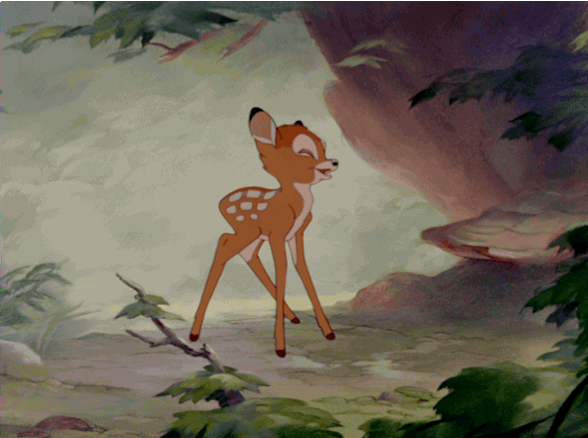(Credit: Disney/Giphy)
Bambi: A classic children’s movie about a happy-go-lucky fawn that ultimately takes a turn for the worse. Unfortunately, real life is no walk in the park for young deer either.
Early in a fawn’s life, its mother will leave for extended periods to forage for food and ensure predators stay at bay, wildlife experts say. But nesting in farm fields can be deadly for fawns, as farmers often don’t see them before it’s far too late.
“This is an unpleasant subject I’m sure, but does anyone have any ideas on how to get the young fawns to get up and move before the equipment? I am going VERY slow and “trying” to see them but every year I kill at least one. I know many people hate deer but I’m not one of them. It just breaks my heart.” posted user NoDQhere in a forum on The Chronicle of the Horse.
A heartbreaking scenario indeed, as fawns instinctively lie motionless when predators approach, relying on their lack of a scent to remain hidden. But drone and thermal imaging tech, similar to the equipment watching over the Arctic’s polar bears, can help the little ones live to see another day.
According to the Guardian, a German wildlife project began using drones in 2014 to prevent these fawn-trocities. It was reported that, in Germany, 100,000 of these young deer die each year due to farm equipment like combine harvesters. It’s also been reported that a group of Swedish pilots are using drones for the same purpose.
Remember how predators can’t sniff out fawns? Well, that means once humans spot the animal they’ll need to move it—sans hands to avoid scent contamination—or just avoid the area surrounding the cozy creatures. Unfortunately, drone tech isn’t yet to the point where it can lift and transport such precious payloads.
